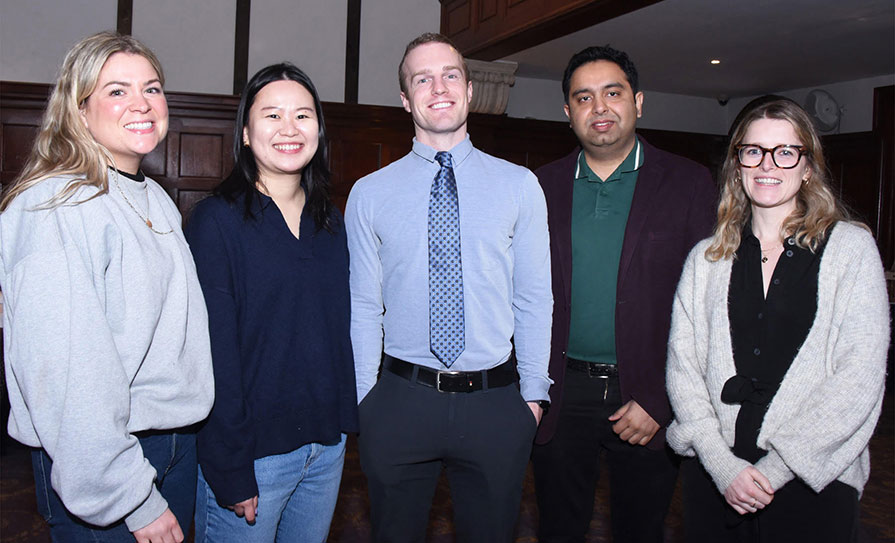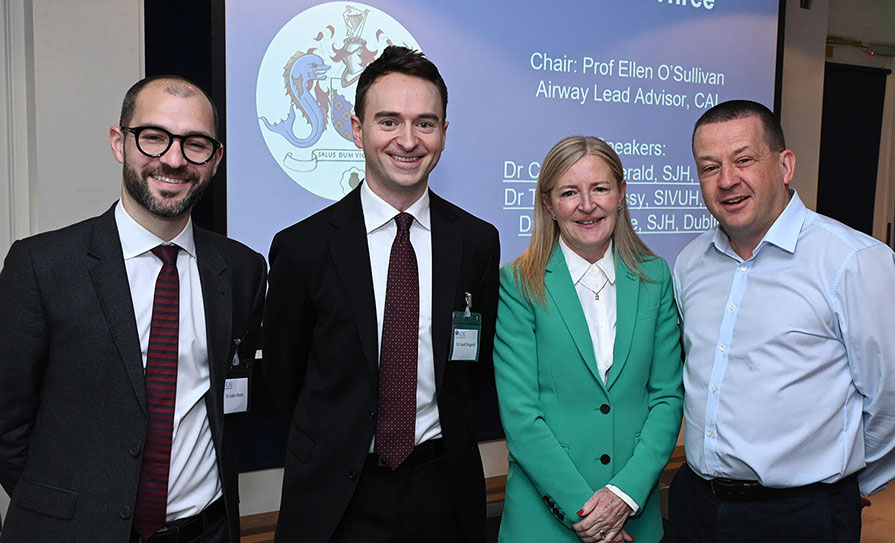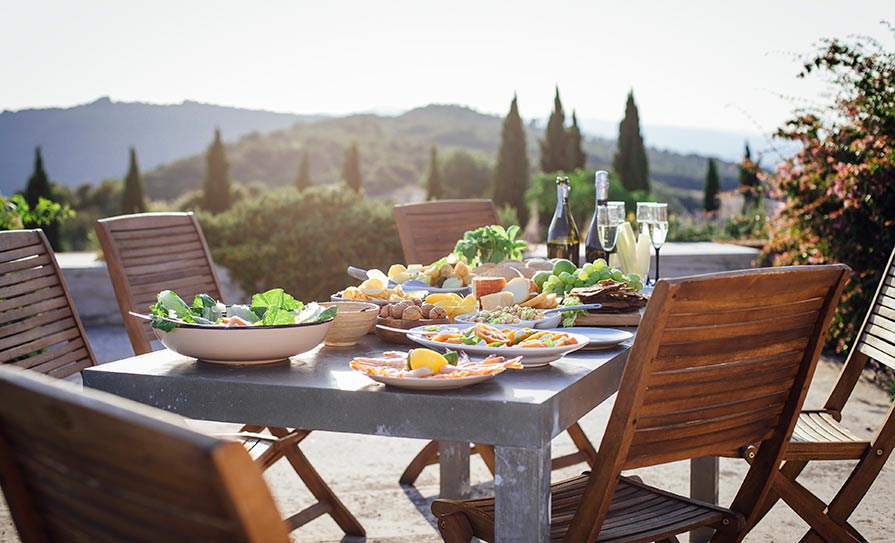<div> <h3><strong>Nobel scientific endeavours with a twist </strong><strong></strong></h3> </div>
It’s that time of the year again — Halloween paraphernalia have already draped the supermarket shelves for some time and the Christmas marketing campaigns are already ramping-up. And the annual Ig Nobel Prizes ceremony has taken place, with the stated aim to present research that “makes people laugh and then think”.
These awards are always worth a mention, as the researchers come at science from left-field but sometimes suggest practical applications. This year, the 27th Awards followed the tradition of ranging from the sublime to the ridiculous.
The Medicine Prize went to a France-UK collaboration on a paper titled ‘The Neural Bases of Disgust for Cheese: An fMRI Study’, in which the authors used advanced brain-scanning technology to measure the extent to which different people are disgusted by cheese.
The Biology Prize went to a Japanese-Brazilian-Swiss collaboration for their research, ‘Female Penis, Male Vagina, and Their Correlated Evolution in a Cave Insect’, based on the reversal of intromittent organs in the insect genus in Brazilian caves. Seminal research indeed.
The Anatomy Prize was won by a UK team for posing the question, ‘Why Do Old Men Have Big Ears?’ This project stemmed from a meeting of the Royal College of General Practitioners and was published in the <em>BMJ</em>.
The Obstetrics Prize was awarded to a Spanish team for their paper titled ‘Foetal Facial Expression in Response to Intravaginal Music Emission’. This research does what it says on the tin — it showed how a developing human foetus responds more strongly to music that is played electromechanically inside the mother’s vagina than to music that is played electromechanically on the mother’s belly. Although it must be said, that kind of raises more questions than it answers in terms of the methodology.
“Our findings suggest that neural pathways participating in the auditory-motor system are developed as early as gestational week 16. These findings might contribute to diagnostic methods for prenatal hearing screening and research into fetal neurological stimulation,” said the authors.
The Physics Prize went to a collaborative effort by researchers in the US, France and Singapore for their work using fluid dynamics to ask the question: ‘Can a Cat Be Both a Solid and a Liquid?’ “Very recent experiments from Japan also suggest that we should not see cats as isolated fluid systems, but as able to transfer and absorb stresses from their environment. Indeed, in Japan, they have cat cafes, where stressed-out customers can pet kitties and purr their worries away,” say the authors.
Honourable mentions go to the winners of the Peace Prize, for their work on ‘Didgeridoo-Playing as Alternative Treatment for Obstructive Sleep Apnoea Syndrome: Randomised Controlled Trial’, also published in the <em>BMJ</em>.
“… we found that four months of training of the upper airways by didgeridoo-playing reduces daytime sleepiness in people with snoring and obstructive sleep apnoea syndrome,” said the authors. “The reduction of the apnoea-hypopnoea index by didgeridoo-playing indicated that the collapsibility of the upper airways decreased. In addition, the partners of participants in the didgeridoo group were much less disturbed in their sleep.” Hence the Peace Prize, I guess.
I would be most grateful to receive feedback on what happens when you suggest this treatment to your sleep apnoea patients.
Other winners include the Economics Prize, which went to an Australia-US team for their paper, ‘Never Smile at a Crocodile: Betting on Electronic Gaming Machines is Intensified by Reptile-Induced Arousal’. I’ve no idea how they came up with the concept, but this was based on experiments to see how contact with a live crocodile affects a person’s willingness to gamble. This contact sounds like a gamble in itself.
Other winners included the Fluid Dynamics Prize for a paper on ‘A Study on the Coffee-Spilling Phenomena in the Low Impulse Regime’ (sic); the Cognition Prize for<em> ‘</em>Is That Me or My Twin? Lack of Self-Face Recognition Advantage in Identical Twins’; and the Nutrition Prize, for ‘What is for Dinner? First Report of Human Blood in the Diet of the Hairy-Legged Vampire Bat Diphylla ecaudata’.
If you fancy some light diversion, you can browse the full list of winners and their work at <a href=”https://www.improbable.com/ig/winners/”>https://www.improbable.com/ig/winners/</a>.
<h3>Crying for watt </h3>
Speaking of improbable research, this time from our own little corner of the world, a team from the University of Limerick recently released results showing that applying pressure to a protein found in egg whites and tears can generate electricity.
This pressure, known as known as direct piezoelectricity, “is a property of materials such as quartz that can convert mechanical energy into electrical energy and vice versa,” say the researchers. “Such materials are used in a variety of applications, ranging from resonators and vibrators in mobile phones to deep ocean sonars and ultrasound imaging. Bone, tendon and wood are long known to possess piezoelectricity.”
If you haven’t had enough strangeness already, the full paper was published earlier this month in <em>Applied Physics Letters</em>.










Leave a Reply
You must be logged in to post a comment.